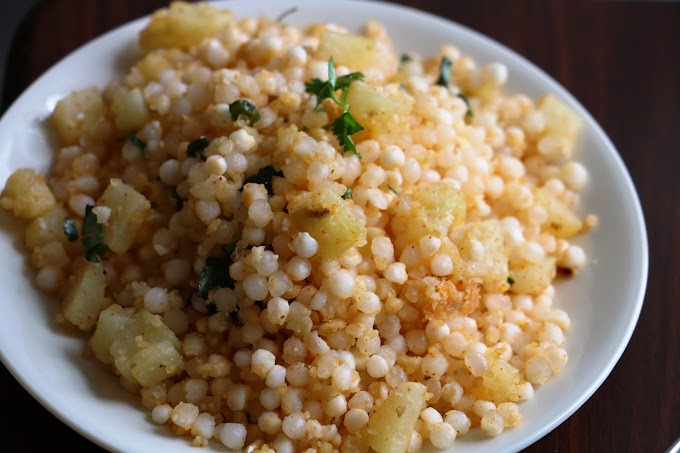India was the first colonized Asian nation to take part in the Olympics, beginning in 1900, with Norman Pritchard as the lone athlete, who won two medals in athletics. From the very beginning participation in the games has been linked to the formation of the country’s nationalist identity.
Then after a gap of 20 years India again participated with three athletes in 1920 Antwerp Olympics and with eight members in 1924 Paris Olympics. The credit for this rests with Sir Dorabji Tata for starting the Olympic movement in the country who sent three runners to the Antwerp Games in 1920 at his expense.
Since then India has participated in every Summer Games and also competed at several Winter Olympic Games since 1964. But the more organised, official representation by India, was made in 1928 Amsterdam, with the formation of Indian Olympic Association in 1927 with Dorab Tata as its first president. That year, Indian Hockey team participated in their first Olympic hockey event and won the gold medal under the captaincy of Jaipal Singh.
For the next 6 successive Olympics spanning 28 years from 1928-1956, Indians retained their gold medal for the hockey event. Hockey wizard Dhyan Chand played a major role in Indian victory in the first three successive wins. It was definitely the golden era of Indian Hockey in Olympics, during which India played 24 matches and won all 24, scored 178 goals (at an average of 7.43 goals per match) and conceded only 7 goals. India again won two more gold medals in Olympic hockey in the 1964 Tokyo Olympics and the 1980 Moscow Olympics with a total of eleven medals in twelve Olympiads between 1926 and 1980.
This was a time when politicians cultivated indifference towards sports. Mahatma Gandhi once replied, what is hockey, exactly? to a businessman who came to seek support and funds for the national team.

Another event in which Indians has left a mark is the athletics, where they have reached the finals of their events in different editions of the Olympics with the likes of Norman Pritchard in 1900 (two silvers in sprint and hurdles), Henry Rebello in 1948 London, Milkha Singh 1960 Rome, Gurbachan Singh Randhawa, Sriram singh in 1976 Montreal and P.T Usha in 1984 Los Angeles, to name a few.
The 2008 Beijing Olympics proved to be one of the most successful Olympics for India after a long time. India registered its first Gold Medal in the Olympics here and after 1952 India won more than two medals on the same edition once again. This edition saw its first ever individual Gold Medal by shooter Abhinav Bindra. It also saw three individual medals for the first time by wrestler Sushil Kumar and boxer Vijender Kumar providing the Bronze Medals and Abhinav Bindra, the gold.
In London in 2012, it had only won six. Two silver (shooting and wrestling) and four bronze (shooting, wrestling, badminton and boxing). This was the best total in its Olympic history.
At the 2020 Tokyo Games, javelin thrower Neeraj Chopra won his country's first ever gold medal in athletics. Indian men's hockey team distinguished itself again by winning the bronze medal.
Many observers point to the arrival of Sports Minister Kiren Rijiju and the "Play India" programme as the real impetus to make India a country that counts in the Olympic world.








